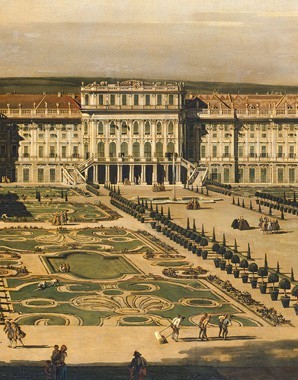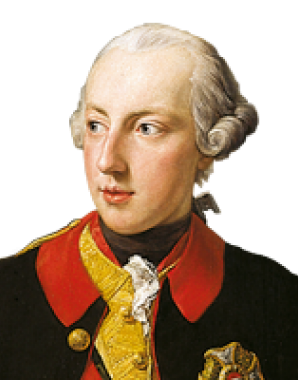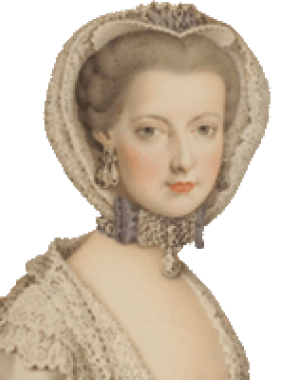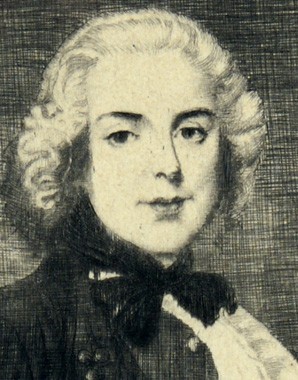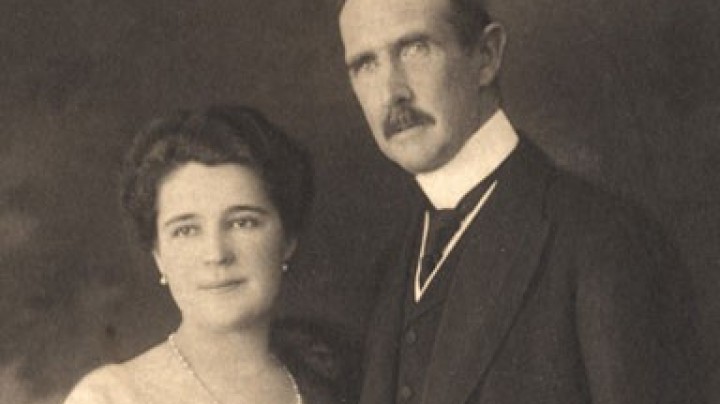Mozart vs. Salieri 0:1 – a musical contest at the imperial Court
Always second best: at an opera contest in the Orangery at Schönbrunn Palace Mozart loses to his arch-rival Salieri.
In Vienna rumours abounded about the contest between Wolfgang Amadé Mozart and the Imperial Court Composer Antonio Salieri. In the winter of 1785/86, Emperor Joseph II challenged the two rivals to an opera contest which was to form the climax of a celebration held in the Orangery – the only heated building at the summer palace of Schönbrunn – on 7 February 1786. The emperor was holding this celebration as a public demonstration of his affection for his sister, Archduchess Marie Christine, who was visiting Vienna from Brussels. The two composers were tasked with writing a short, one-act opera, the two works being performed on two separate stages facing each other. From the Imperial winter residence at the Hofburg the Court processed to Schönbrunn in 41 magnificent coaches watched by large crowds of Viennese citizens. As appropriate to a Court occasion, the way the operas were performed reflected the difference in rank between Hofkapellmeister (Court Conductor and Composer) Salieri and the independent artist and outsider Mozart: Mozart’s opera was performed as a prelude, followed by Salieri’s offering, which was twice as long and a huge success. Salieri also received twice as much money for his piece.



